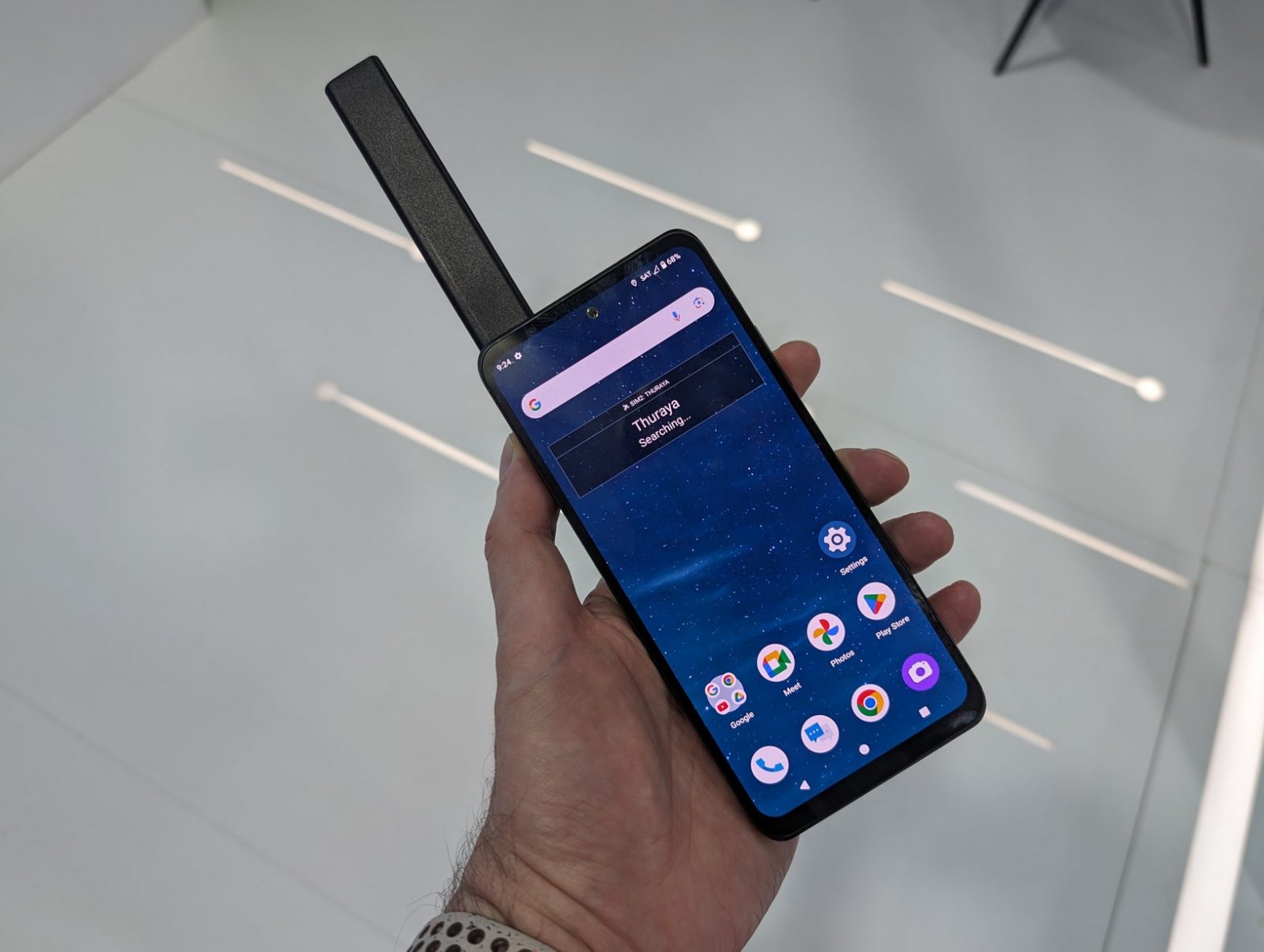The camera can recognize objects and read out text, so imagine if you’re in a grocery store in a foreign country—you can show the camera an item, ask what it is, and ask it to translate the text.
The company says it’s working on adding voice recognition so you can command the camera with your words, as well as hand gestures. You can also train your own AI functions through PhoneCam’s backend. For example, if your grandma makes brownies in a specific way, you can have her wear the PhoneCam and it can record her movements to create a recipe for you to follow, no need to jot it all down on pen and paper.
There’s a lot of interest from the enterprise side, or so the company claims. Japanese carmakers have inquired about putting it on all of their factory workers and having the AI identify and validate that the worker has done everything they need to do accurately, making the quality control process much more immediate. Grocery store workers can walk through an aisle and the camera can identify when there’s low stock of a certain brand of cereal and make a note of it.
The basic functionality of PhoneCam is free, but to access its full suite of features, you’ll have to sign up for a subscription—the lowest-tier plan starts at $4 per month.
This tiny and cheap camera is dreaming big, and I’m not sure how well all of this will really work. (My brief demos had internet connectivity issues, a common problem at trade shows.) But I do appreciate that this isn’t meant to replace your smartphone.
Always Have Signal With the Satellite-Connected Skyphone
For folks in remote areas or out at sea, those big satellite phones with the long aerials can be a literal lifesaver, but you still need a regular phone. That said, we’ve started to see satellite functionality added into regular phones, like the iPhone 14 and 15 range, to ensure you can get help in emergencies when you have no signal.
Thuraya’s Skyphone is something in between. It runs Android 14 and works like a regular smartphone, but it’s dual-SIM and can also connect to Thuraya’s own satellite network. There’s a toggle in the network settings to set your default connection and switch between the two.
It’s kinda chunky, with uninspiring specs, but it has a built-in aerial that you can slide out of the top and a larger-than-average battery that Thuraya told us is good for up to 80 hours using the satellite connection and 380 hours of regular use. There’s no price yet, but it’s set to launch in Q3 this year.
This Ebike Has 5G and AI Object Detection
With fat tires, a 7-inch touchscreen, and camera front and back, Orbic’s new eBike is a real head-turner. Its claim to fame is 5G connectivity, and the company hopes to sell it through carriers (partnering with Verizon in the US), so you can buy cell service along with the bike.
